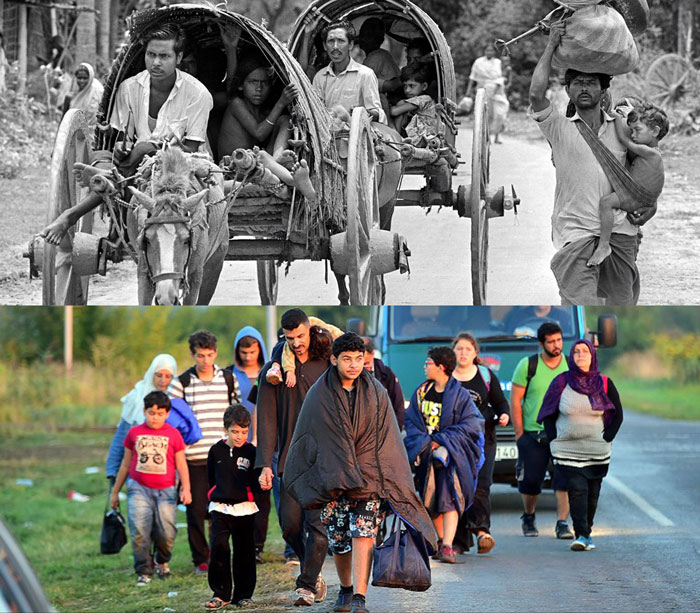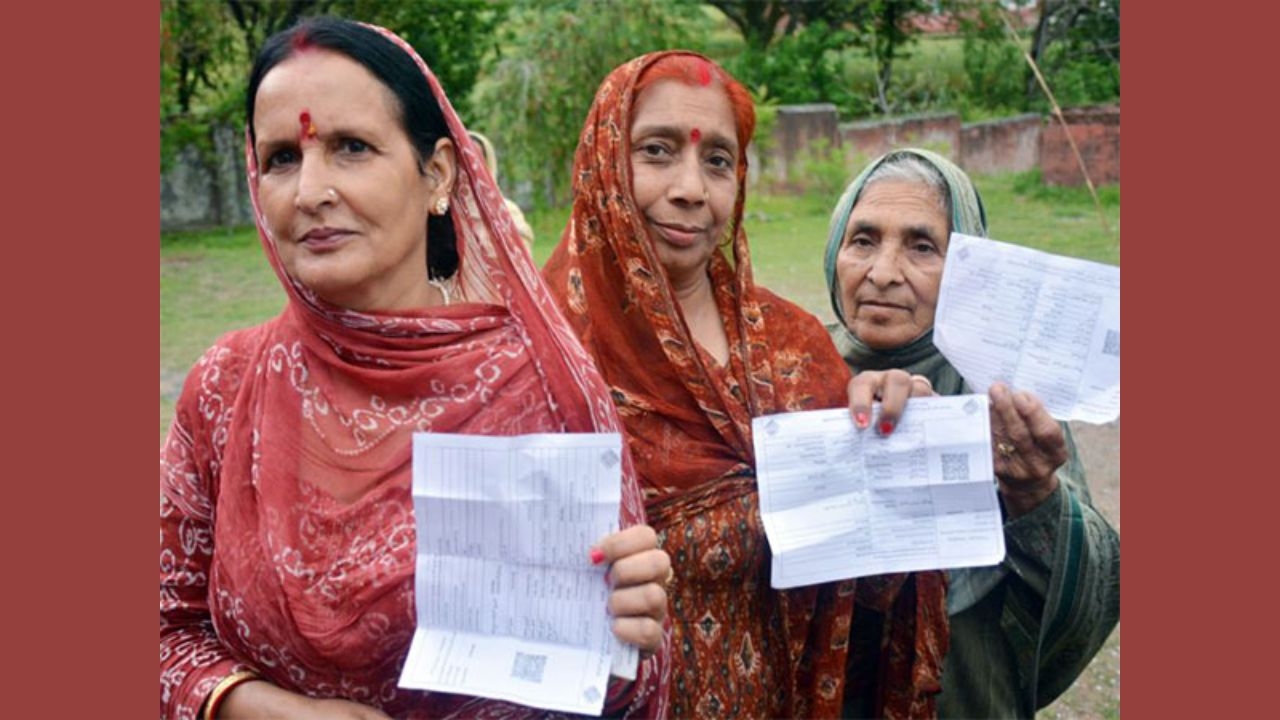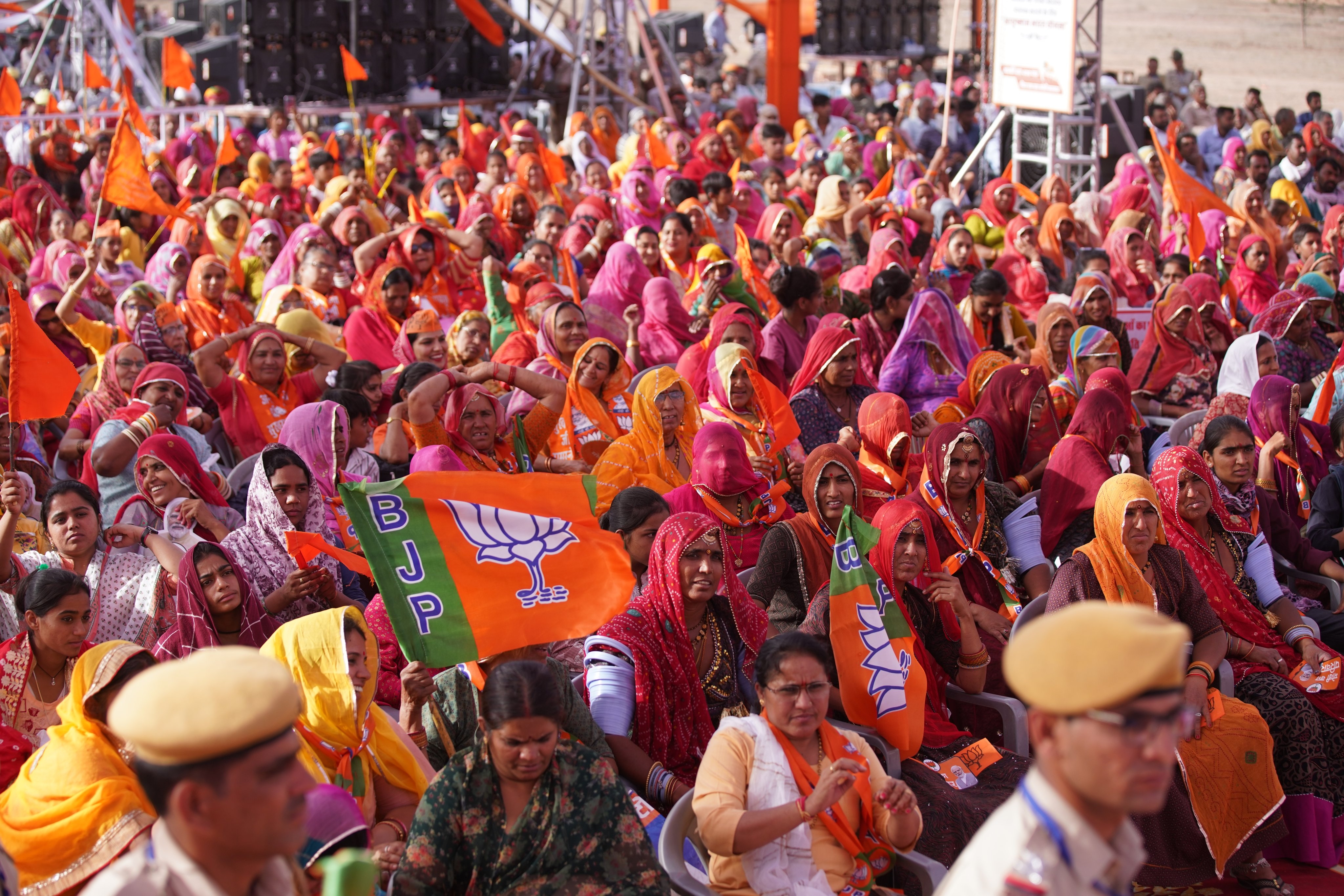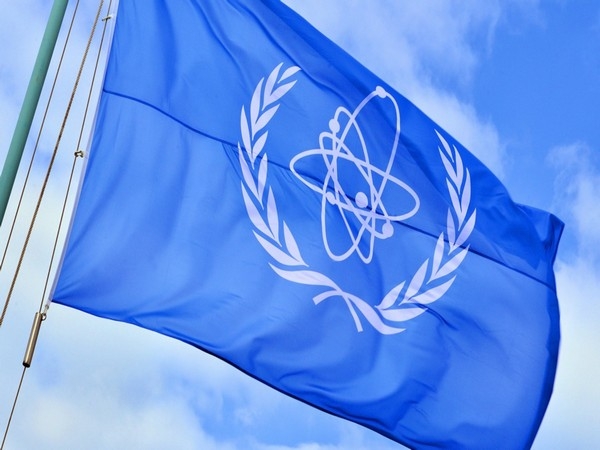Look East: what Europe can learn from India about handling migrants

The crisis
- Europe is facing a crisis as migrants are pouring into the continent
- Most are fleeing war, persecution or economic deprivation
- Patrolling the Mediterranean didn\'t keep the migrants out
The guide
- India handled an influx of 10 million refugees from East Pakistan in 1971
- It has a policy of \'strategic ambiguity\': some refugees are treated well, not others
- The judiciary has ensured that refugees are treated largely kindly
The European press, social media and policymakers are worried, and divided, over how to handle the ongoing wave of immigration.
The sheer number of migrants has overwhelmed many countries, leaving them unable to regulate the flow based on distinctions among asylum seeker, refugee, economic migrant, illegal immigrant, and so on.
The strategy of patrolling the Mediterranean and blocking the English Tunnel to keep migrants out hasn't worked, though it was always clear to everyone except the European governments that it won't.
Now, these governments are scrambling to deal with a mass of humanity arriving by land, train and in processions. And many seem to have run out of ideas.
Perhaps, the Europeans could have taken some lessons from India.
Lessons from the East
After all, this country handled a migrant crisis of a much greater magnitude in 1971 when nearly 10 million refugees arrived from the erstwhile East Pakistan.
I don't remember us being gripped by the kind fear and panic that has seized Europe now. Life rolled on. It still does.
So, why did India manage reasonably well, over 40 years ago, a crisis that Europe is struggling with now.
To understand this we first need to answer this question: what is the nature of power and responsibility at the margins?
In 1971, India handled a much bigger crisis when 10 million refugees arrived from East Pakistan
In the South Asian subcontinent, partitioned not once but twice, the politics of nationhood is built upon experiences of how some people became citizens and others didn't.
India didn't sign the Refugee Convention of 1951 or the Additional Protocol of 1967. Its policy, thus, was guided by what is known as 'calculated kindness' - some refugees were saved, cared for and rehabilitated while many were left out and neglected in the same period.
Refugees from Burma, for instance, were welcomed at one point, ignored at another, and then prevented from even entering India. Similarly, while some Tibetans were almost allowed to be "Indianised", refugees from Sri Lankan spent long years in strictly-watched camps.
Some refugees were encouraged to go back quickly as the Bangladeshis did in their thousands in 1971-72, while others, such as the Tibetans, were never asked to go back. Then, there are the Chittagong Hill Tract refugees in Tripura and Sri Lankan refugees in Tamil Nadu whom the state allegedly wanted to repatriate forcibly.
These contradictions in India's asylum policy have been termed by some experts as 'strategic ambiguity'. This is due to the following reasons.
The first refugees to arrive in independent India were not aliens who had to be given shelter, they were part of the nation. They were handled through mainly administrative practices of care, rehabilitation, social security as well as a few laws.
These earliest practices helped build a durable tradition of hospitality, which the state can neither fully embrace nor reject.
Doctrine of strategic ambiguity
Also, the contest between the notions of charity and rights that began as soon as the first refugees poured in deeply influenced our discourse on hospitality. Indeed, the doctrine of strategic ambiguity is essentially a compromise between the two competing notions.
At the same time, we must not forget that while providing protection to the refugees, India sheltered them in ghettos, proscribed their movement and created new penal colonies, thus underwriting the nature of its charity. Over time, this became a constant feature of the state's practice - protecting and penalising refugees at the same time.
Selective kindness: Tibetans could be "Indianised", Sri Lankans were made to stay in refugee camps
In recent years, another problem has cropped up. The separate discourses on illegal immigrants and refugees have been joined together. One influences, predicates and prejudices the other.
And how has the Indian justice system responded to this deeply equivocal relation? Here are the main features of its reasoning on the issue:
-
The relevant international treaties and conventions are not binding, but the state has an obligation to respect them.
-
Article 21 of the Constitution extends to non-citizens on Indian soil as well, though it doesn't confer on them any right to reside and resettle. Nor does it mean that if a non-national threatens national security, he or she can still stay.
-
The power of the government to expel a foreigner is absolute.
-
The work of the UNHCR in certifying refugees is humanitarian, so the state has an obligation to ensure refugees receive international protection until their problems are solved.
-
In view of Article 51 that directs the state to respect international legal principles, the courts will apply those principles in domestic law in a harmonious manner, provided such obligations are not inconsistent with domestic law.
-
The Supreme Court has also concurred with the judicial practice of assigning the burden of protection of refugees to the UNHCR. It has ruled that following "reasonable procedure" in asking a non-national to leave applies only if the UNHCR has certified him or her as a refugee.
-
The court has not laid down any standard norm as far as sheltering or certifying a refugee is concerned.
There is, thus, an unwritten division of labour: the UNHCR is mainly concerned with the 12,000 Afghan refugees and some 1,000 refugees of other nationalities, though it has been allowed to carry out relief and settlement work in some other cases.
In most other cases, the government has decided the fate of the refugees. The UNHCR, for example, has no direct role with regard to the 1,00,000 Tibetans and 65,000 Sri Lankan refugees in India.
India issues, through the Foreigners Regional Registration Office, renewable residential permits to refugees certified by the UNHCR. Yet, scores of refugees continue to wage legal battles for staying in the country.
This way, visible and invisible frontiers have been created. Still, despite many shortcomings, India's history of handling of migrants holds valuable lessons for Europe.
The views expressed here are personal and do not necessarily reflect those of the organisation.
First published: 14 September 2015, 2:27 IST





![BJP's Kapil Mishra recreates Shankar Mahadevan’s ‘Breathless’ song to highlight Delhi pollution [WATCH] BJP's Kapil Mishra recreates Shankar Mahadevan’s ‘Breathless’ song to highlight Delhi pollution [WATCH]](http://images.catchnews.com/upload/2022/11/03/kapil-mishra_240884_300x172.png)

![Anupam Kher shares pictures of his toned body on 67th birthday [MUST SEE] Anupam Kher shares pictures of his toned body on 67th birthday [MUST SEE]](http://images.catchnews.com/upload/2022/03/07/Anupam_kher_231145_300x172.jpg)






